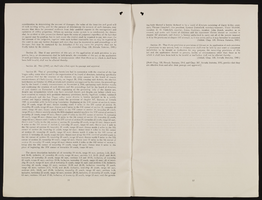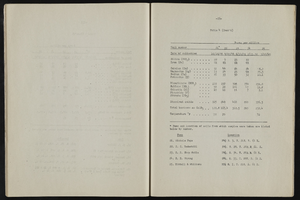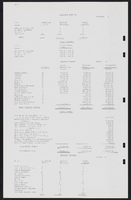Search the Special Collections and Archives Portal
Search Results
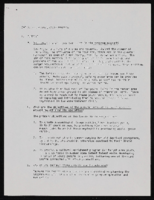
Summer Youth Program: documents, budget
Date
Archival Collection
Description
From the Clark County Economic Opportunity Board Records -- Series II: Projects. This folder contains documents about the Summer Youth Program with information such as program description and budget documents for component project.
Text

Correspondence from Shelley Berkley regarding appropriations for fiscal year 2002
Date
Archival Collection
Description
Selected correspondence and documentation for fiscal appropriations for transportation, police and construction projects in Southern Nevada requested for 2002.
Text
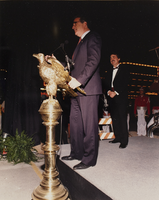
Correspondence and photographs of Ron Lurie as Mayor of Las Vegas at events and presentations, 1990
Date
Archival Collection
Description
Photographs and correspondence document the events and presentations of Ron Lurie during his time as Mayor of the City of Las Vegas. Events include ribbon cuttings and ground breaking ceremonies.
Mixed Content
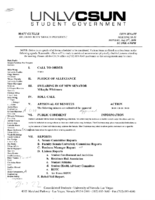
Meeting minutes for Consolidated Student Senate, University of Nevada, Las Vegas, August 25, 2008
Date
Archival Collection
Description
Text

Interview with Herbert Frank York, January 16, 2004
Date
Archival Collection
Description
Text
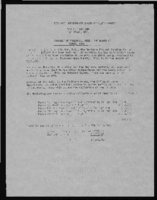
Economic Opportunity Board of Clark County (Nev.) financial and budget reports
Date
Archival Collection
Description
From the Clark County Economic Opportunity Board Records -- Series I. Administrative. This folder contains financial memos and reports of the Clark County Economic Opportunity Board in 1966.
Text

Transcript of interview with Cynthia Cicero, Tina Boag, Betty Brown, and Jan Ravetti by Claytee D. White, March 28, 2014
Date
Archival Collection
Description
Text

